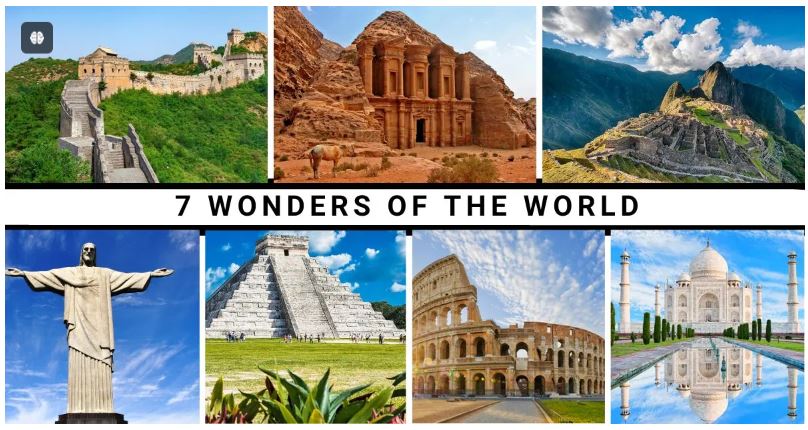
The Seven Wonders of the World: A Journey Through Time and Marvels
Introduction: Unveiling Ancient Architectural Marvels
The Seven Wonders of the World have captivated human imagination for centuries. These awe-inspiring creations, both ancient and modern, stand as testaments to human ingenuity, ambition, and artistic prowess. Let’s embark on a journey to explore these remarkable wonders and uncover their secrets.
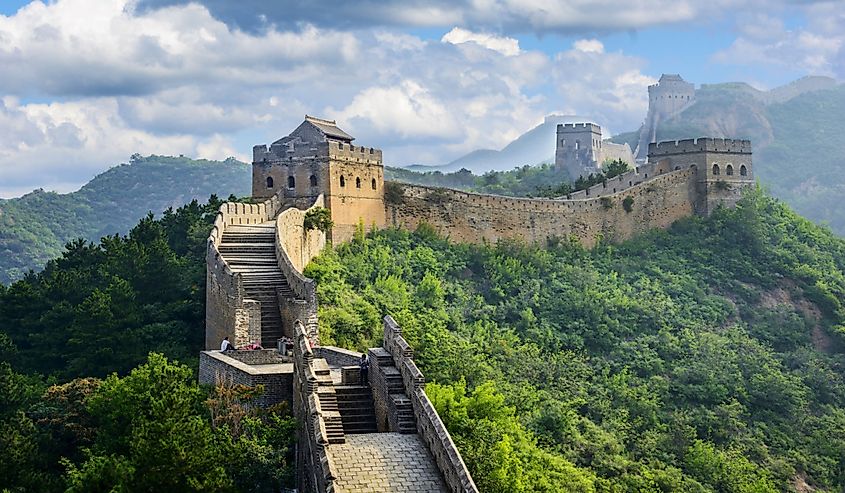
1. The Great Wall of China – A Megalithic Icon
The Great Wall of China, built around 700 BCE, stretches over 5,500 miles (8,851 km) across northern China. Contrary to popular belief, it’s not visible from space, but it’s an impressive sight up close. Originally designed as a defense, it now serves as a historical archive, with inscriptions and even buried corpses. Tourists flock to sections like Badaling, where a daily limit of 65,000 visitors is enforced. The wall facilitated communication along the Silk Road and symbolized imperial power and wealth.
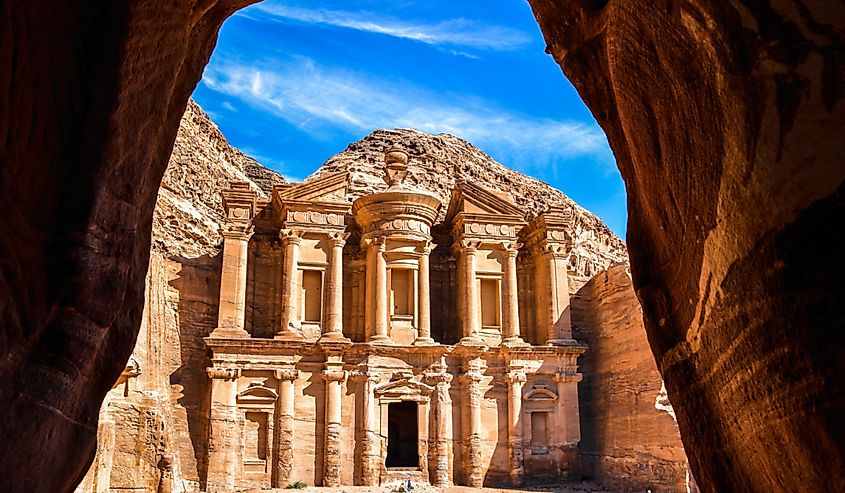
2. Petra – Carved Beauty in Jordan
Petra, established around 312 BCE, defies imagination. Carved into red-rock mountains, this ancient trading hub boasts intricate buildings, including the iconic Treasury (Al-Khazneh). The Nabateans ingeniously managed water with dams, canals, and reservoirs, ensuring survival in the desert climate. Petra’s one million annual visitors marvel at its grandeur, and standing beneath those cliffs, one can’t help but think, “This is impossible.”
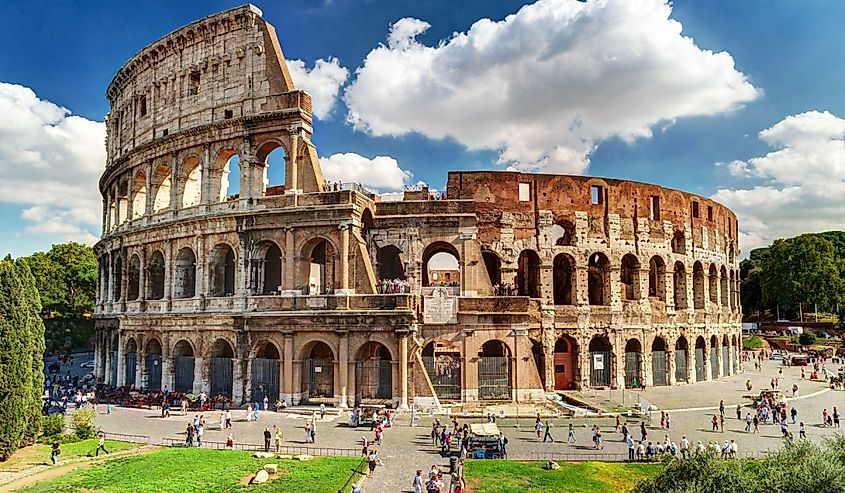
3. The Colosseum – Rome’s Gladiatorial Arena
Built in 80 AD, the Colosseum in Rome hosted epic gladiator battles, mock sea battles, and public spectacles. Its elliptical design accommodated up to 50,000 spectators. Imagine the roar of the crowd as warriors clashed, and the arena floor came alive with drama. Today, it stands as a testament to ancient engineering and entertainment.
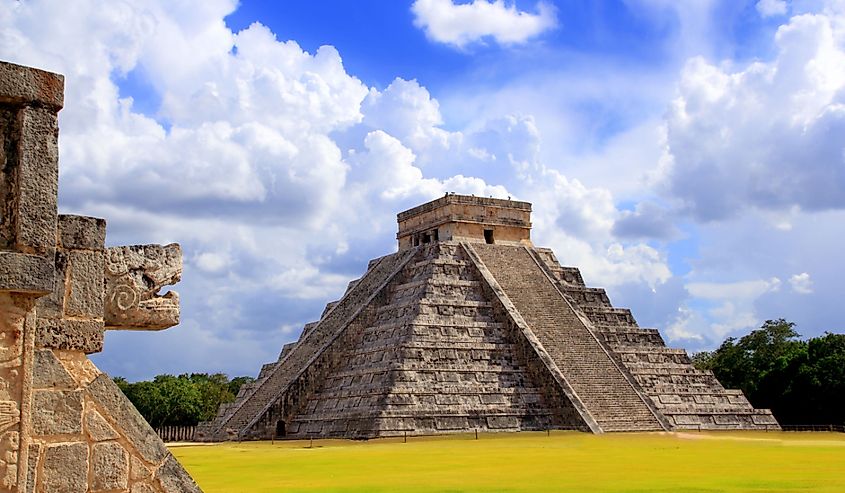
4. Chichén Itzá – Mayan Mysteries in Mexico
Chichén Itzá, constructed around 600 AD, is a mesmerizing blend of Mayan and Toltec cultures. The imposing El Castillo pyramid dominates the site, aligning with astronomical events during equinoxes. Visitors ponder the mysteries of its intricate carvings and the significance of the sacred cenote nearby.
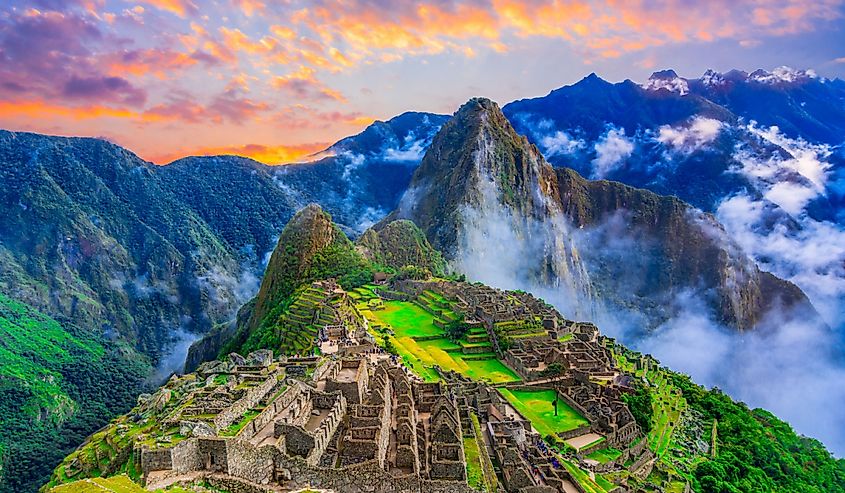
5. Machu Picchu – Incan Citadel in the Clouds
Hidden high in the Andes Mountains of Peru, Machu Picchu was built around 1450 AD. This mystical Incan city offers breathtaking vistas, terraced fields, and enigmatic stone structures. Was it a royal retreat, a religious center, or both? The answer remains elusive, adding to its allure.
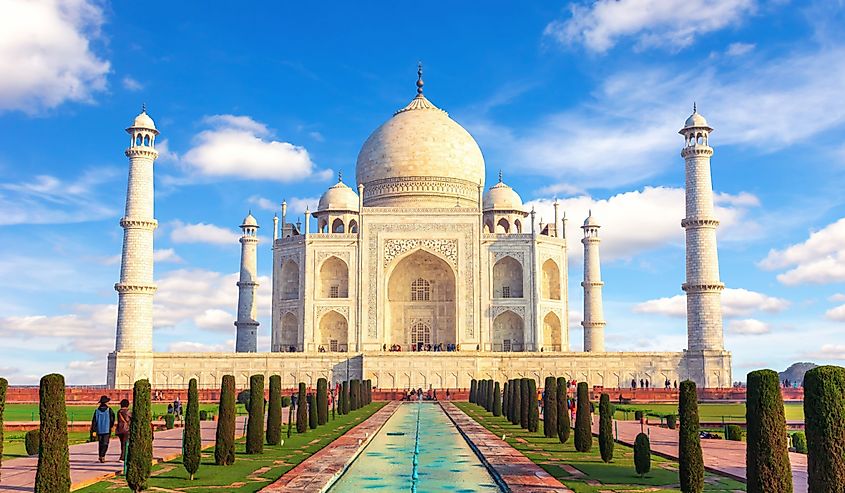
6. Taj Mahal – Eternal Love in India
The Taj Mahal, completed in 1643 AD, is a sublime white marble mausoleum in Agra, India. Emperor Shah Jahan built it as a tribute to his beloved wife, Mumtaz Mahal. Its symmetrical beauty, intricate inlays, and serene reflection in the Yamuna River evoke eternal love and devotion.
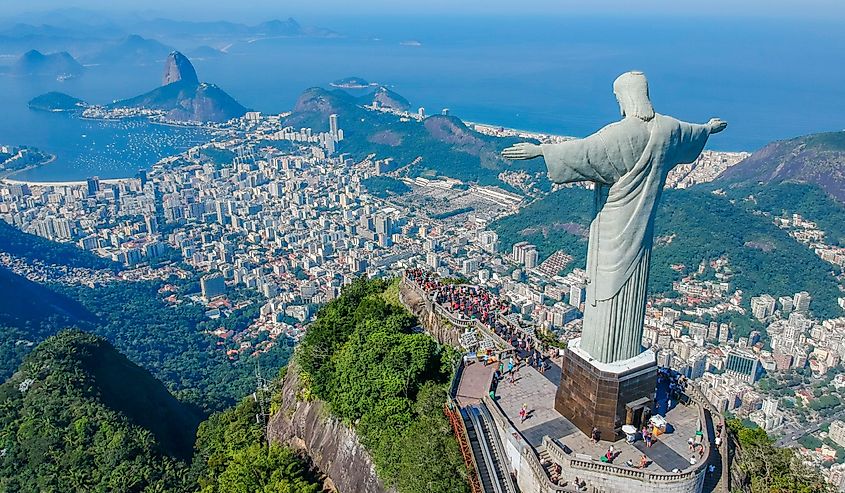
7. Christ the Redeemer – Rio’s Iconic Statue
Perched atop Corcovado Mountain in Rio de Janeiro, Brazil, Christ the Redeemer was unveiled in 1931. This colossal Art Deco statue stands with arms outstretched, embracing the city below. It’s a symbol of faith, unity, and panoramic views of Rio’s vibrant landscape.
Conclusion: Echoes of the Past, Inspiration for the Future
The Seven Wonders of the World continue to inspire awe and wonder. They remind us of human resilience, creativity, and the pursuit of the extraordinary. As we explore these marvels, let’s honor the legacy of ancient civilizations and dream of new wonders yet to come.
—
FAQs (Frequently Asked Questions)
- Is the Great Wall of China visible from space?
- No, despite the myth, it’s not visible from space. However, it’s an incredible sight up close.
- How did the Nabateans manage water in Petra?
- The Nabateans built dams, canals, and reservoirs into the rock faces to ensure a consistent water supply.
- What purpose did the Colosseum serve in ancient Rome?
- The Colosseum hosted gladiator battles, mock sea battles, and public spectacles.
- Why was Machu Picchu built so high in the mountains?
- The purpose of Machu Picchu remains a mystery, but its breathtaking location adds to its allure.
- What inspired the Taj Mahal’s construction?
- Emperor Shah Jahan built the Taj Mahal as a tribute to his wife, Mumtaz Mahal, symbolizing
Source(s)
1. Ancient architectural wonders
2. What Are The 7 Wonders Of The World? – WorldAtlas
3. Wonders of the World – Wikipedia
4. What Are the Seven Wonders of the World? (HD Images) – TheCollector
5. Getty Images


